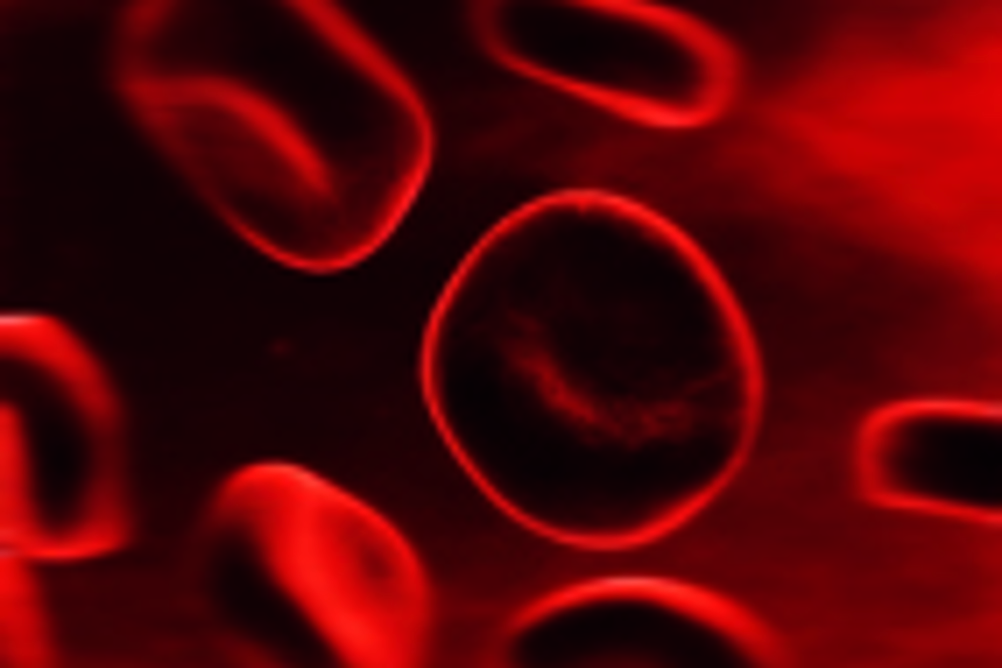
What is Leukaemia?
Leukaemia is a cancer of the white blood cells. There are four main
types of leukaemia:
- acute lymphoblastic (ALL)
- acute myeloid (AML)
- chronic lymphocytic (CLL)
- chronic myeloid (CML).
One third of all childhood cancers are leukaemia, and there are approximately 400 new cases occurring each year in the UK.
Acute lymphoblastic leukaemia is the most common type of leukaemia in children - it accounts for more than 80 per cent of cases. Acute myeloid leukaemia (AML) is the less common type of leukaemia found in children. Chronic leukaemias (CLL and CML) occur mostly in adults and are extremely rare in children and young people.
Register now to continue reading
Thank you for visiting Nursery World and making use of our archive of more than 35,000 expert features, subject guides, case studies and policy updates. Why not register today and enjoy the following great benefits:
What's included
-
Free access to 4 subscriber-only articles per month
-
Unlimited access to news and opinion
-
Email newsletter providing activity ideas, best practice and breaking news
Already have an account? Sign in here
